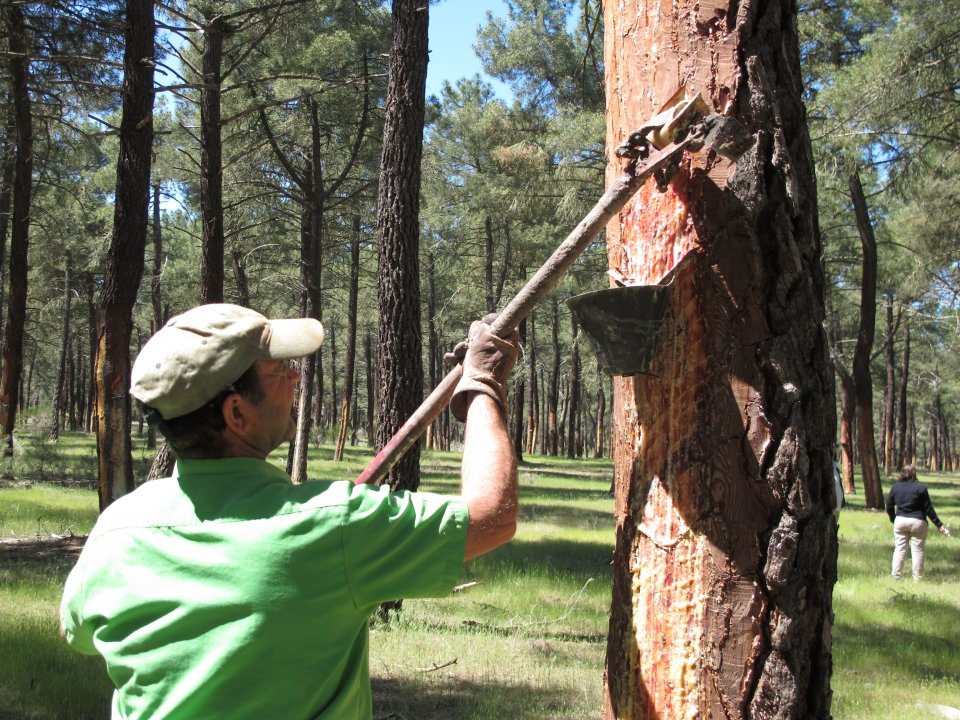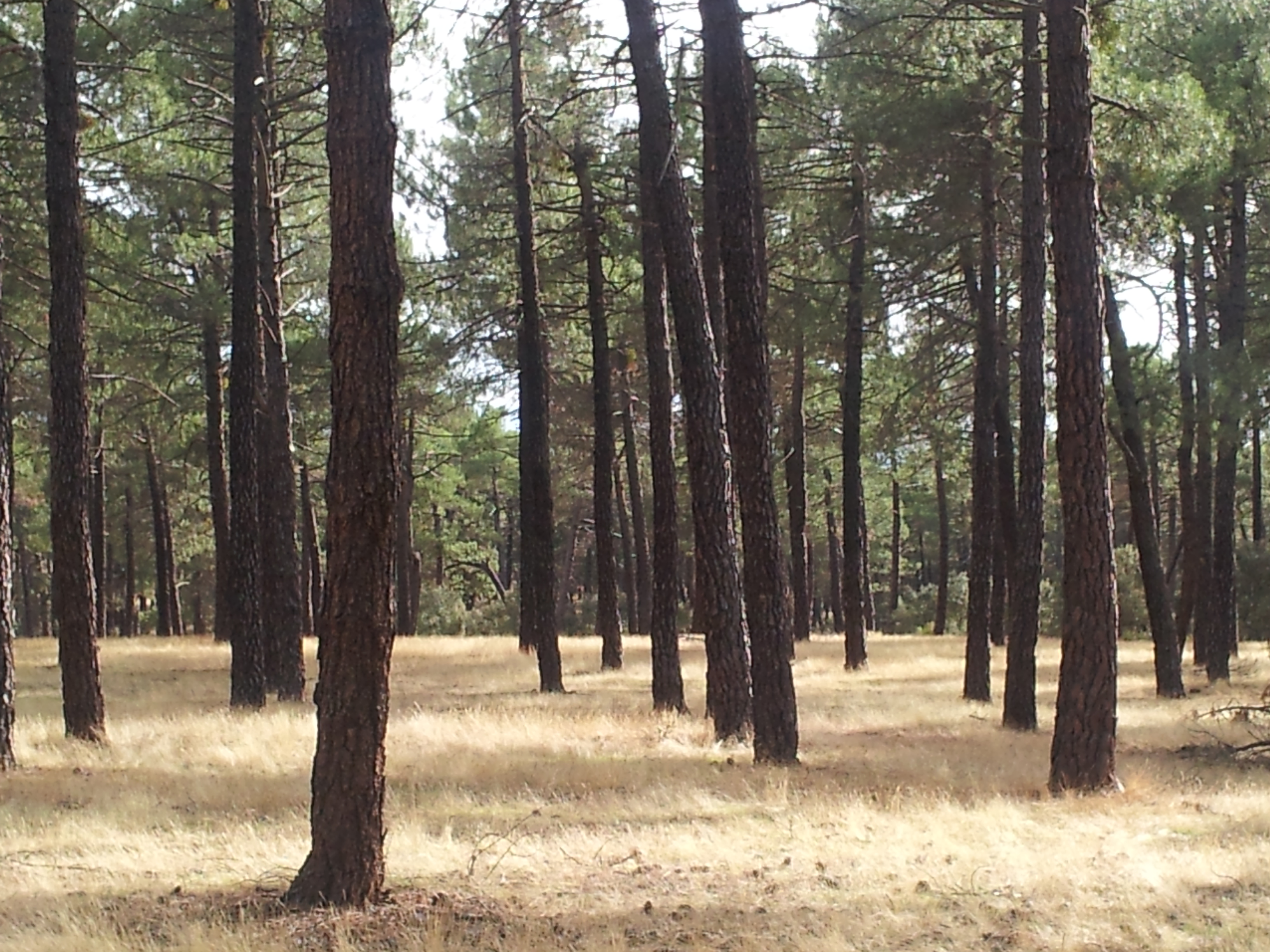
Describe the key elements constituting the natural resin sector in a historical resinous region, underlining the social, environmental and economic importance of resin harvesting, and its potential as an instrument of local development and environmental conservation.
The Spanish region of Castile and Leon has been a historic leader in national resin production. Here, the resin sector has been for over a century, an example of how orderly forestry can contribute to preserving the natural environment and general rural employment. Despite the sectoral crisis at the end of the twentieth century, some regions have not stopped developing this economic activity, a fact that has contributed to the recovery of the natural resin extraction sector during the first decades of the twenty-first century.
For several decades, the use of natural resins has been an effective instrument for pine forests conservation in Castile and Leon, providing a natural and renewable raw material, generating stable employment in rural areas and promoting active forestry that has contributed to forest fires prevention.
Nowadays, it is possible to maintain resin extraction as a profitable activity in local pine forests. The resinous products market evolution and the possibilities of technological innovation in forest works can support this assertion.
Increase the awareness of public administrations and public opinion on the need to maintain resin extraction activity.
Promote the mutual recognition of all the agents of the sector.
Intensify relations between producer countries, especially Spain and Portugal.
Integrate forestry into rural development policies.
Deepen the differential characteristics of the local resin.
Look for administrative formulas to promote the multifunctional activity of the resin worker.
Support research and technological innovation.
Genetic improvement.
Search for alternative uses of resined wood.
Natural resin is a renewable product demanded by the European chemical industry.
The Pinus pinaster forests have a good aptitude for resin production.
Forest management allows for resource availability in a compatible way with other forest uses.
The good relationship between value chain members provides a stable sectoral framework.
Resin harvesting has favored the link between the population and the forest, contributing to conservation.
The derivative product demand remains stable.
The artisanal nature of the extraction, with little changes in recent decades, hampers competitiveness.
The authors propose to work on the sectorial articulation, from a supra-regional perspective, involving public administrations and the general population in the maintenance of the resin extraction activity.
Priorities of development are the support to the multifunctional activity of the resin worker, and the research and innovation in issues related to the exploitation techniques modernization, the genetic improvement, the characterization of the product, the search for new market niches and the compatibility with other resources, especially wood.
Further information
Pinillos Herrero, F., Picardo Nieto, A., Allué-Andrade Camacho, M. 2009. La resina: Herramienta de conservación de nuestros pinares. Soria. Cesefor. http://www.pfcyl.es/documento/La%20resina
Resin tapper. Cesefor Foundation. 2013.

Resinous pine forest. Cesefor Foundation. 2013.
